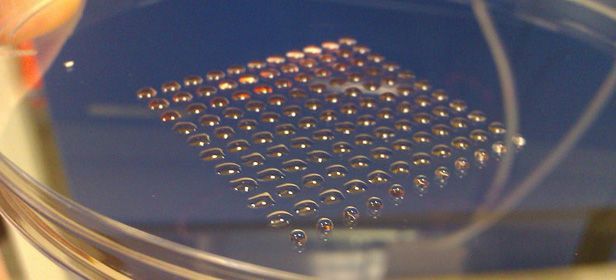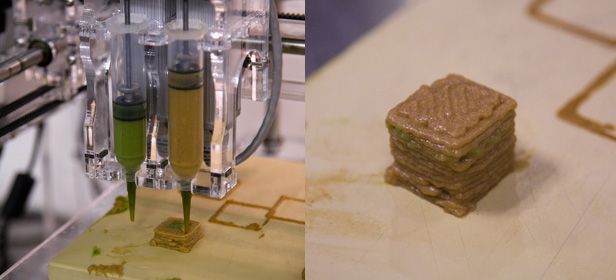The world of 3D printing has contributed many great innovations in recent years, beyond being a futuristic tool for automated modeling. From the woodworking industry to that of electronic components, 3D modeling machinery is used on objects of varying complexity. On this note, a group of scientists at Heriot Watt University in Edinburgh, UK, have successfully replicated embryonic stem cells using this process.

These enormous technological advances have given way to the creation of devices with immense precision capable of working with living tissue. The recently published study claims that once the process is perfected, cloning complete organs for an individual from his/her stem cells will finally be possible. This would then eliminate the need for donation, and all implants would be tolerated by the host 100%.
Meanwhile, scientists at Cornell University have presented a technology adapted to the culinary field. It is a 3D printing process that molds foods to the physical aspect desired, making the product look and feel entirely different than what it is made up of. In fact, the purpose for the device is to make artificial food for astronauts by creating gelatin molds to which nutritional value can be added. So, one could be eating a pastry made from ingredients that don’t have anything to do with the pastry itself. Ultimately, this would eliminate the limitations in space when it comes to preserving certain foods at zero gravity.

As often happens when experiments of these kinds are conducted, conservatives often raise several concerns. Up to what point can we mold nature to our liking? Will the borders that help us discern the real from the artificial disappear? The reality, whether you like it or not, is that once these advances take root, they’ll be here to stay.






“Will the borders that help us discern the real from the artificial disappear?”
This question doesn’t make sense. Why are artificial things not “real”? If the borders that distinguish /natural/ from synthesized disappear, who cares? “Natural” materials aren’t intrinsically “better”.
Moreover, there isn’t even a black-and-white border. Everything we use that we didn’t just pick up off the ground is “artificial” in some way. Clothes don’t grow on trees. They are extruded from machines in one way or another.